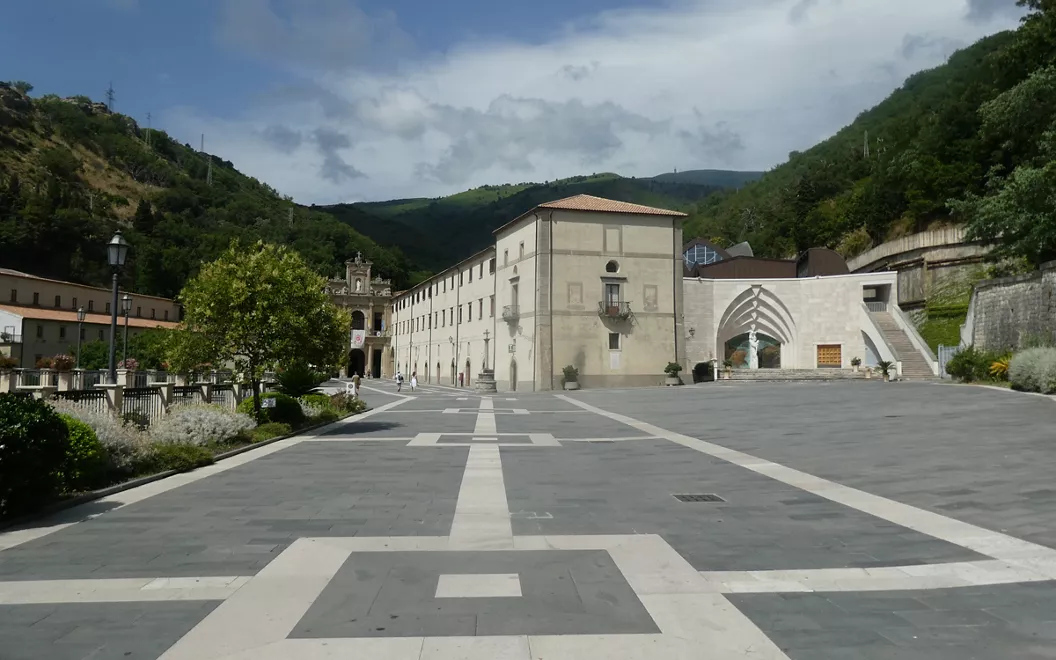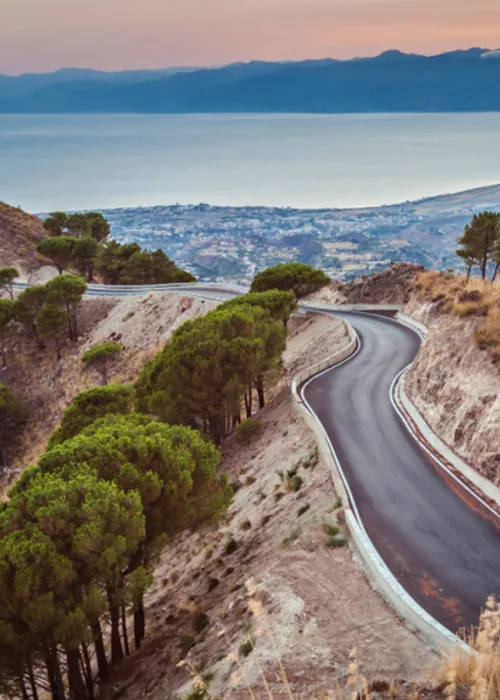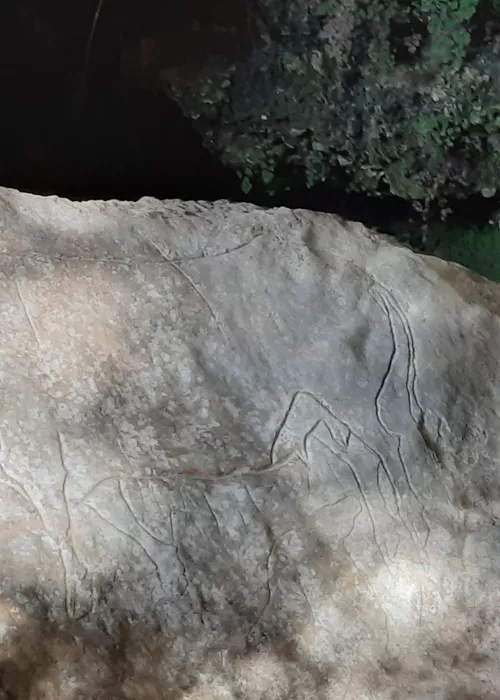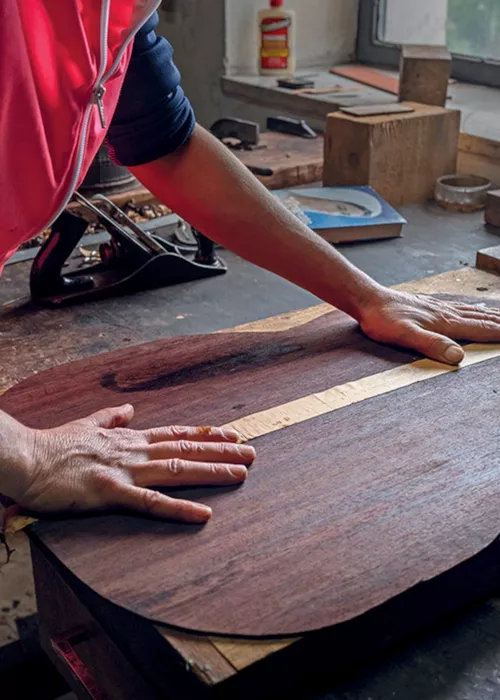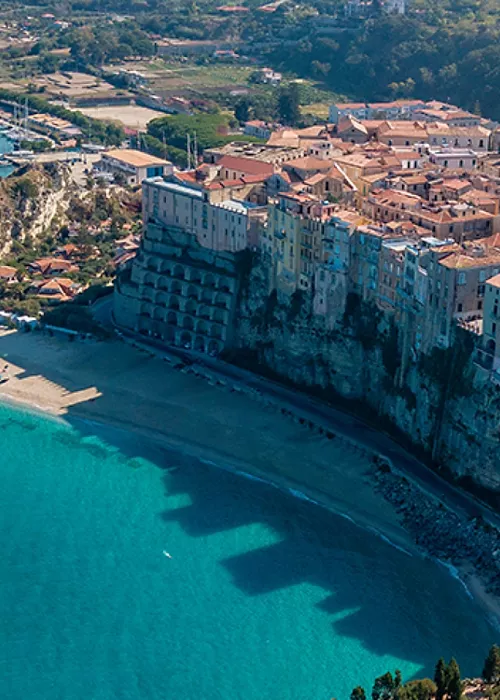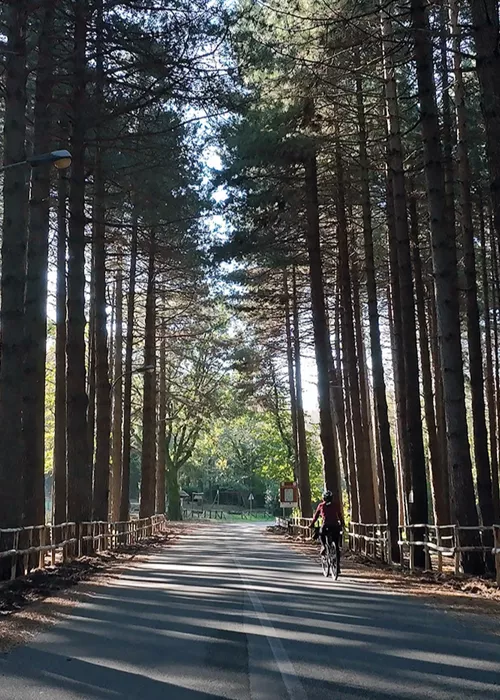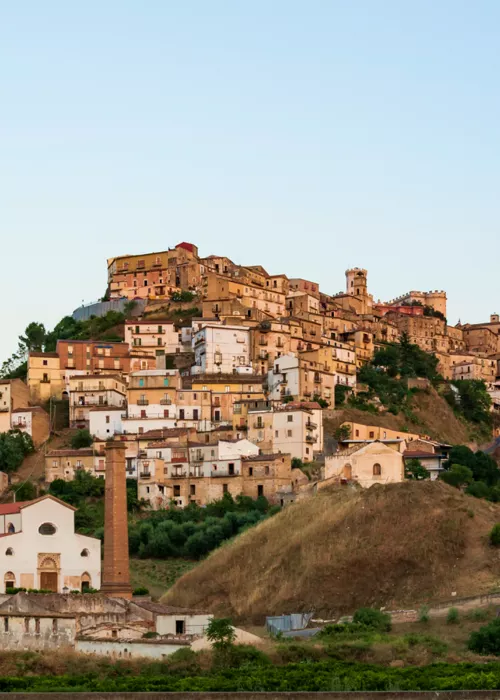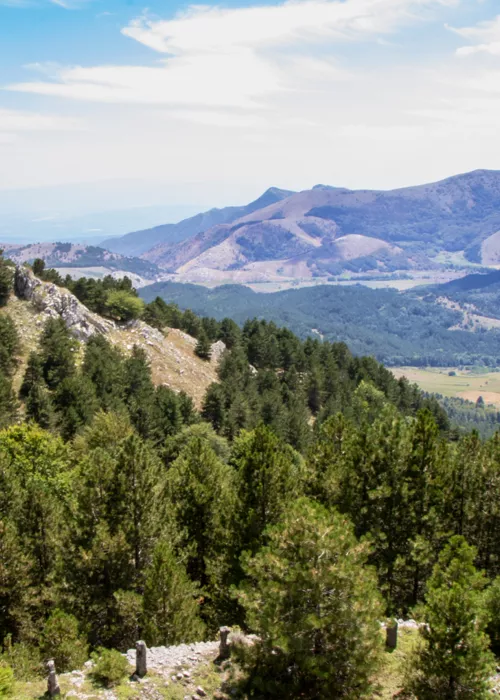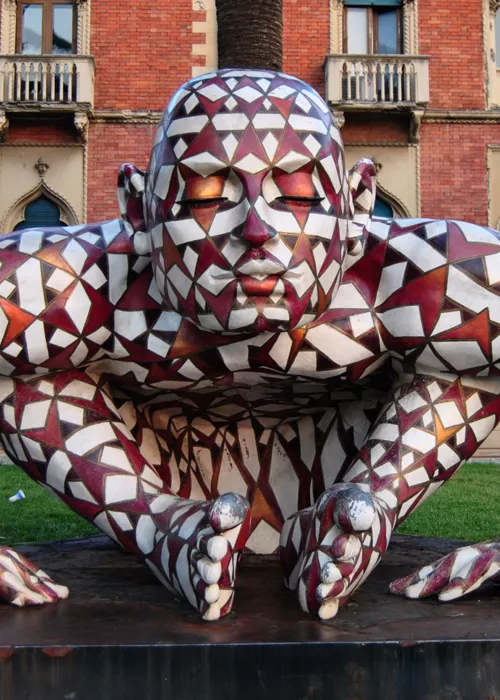San Marco Argentano

It begins from San Marco Argentano, a very ancient town, among the hills of the Crati valley. The town is one of the most important artistic and cultural centres in the province, which can be appreciated while strolling through the historical centre embellished by the Norman Cathedral of St Nicholas rebuilt in the Baroque style, the Norman Tower and the Church and Convent of the Friars Minor, one of the oldest Franciscan buildings in Calabria. This is the starting point of the Via del Giovane trail, which at the Aria del Vento point on the first stage, reaches one of the most striking views of the Crati valley, the Pollino massif and the Orsomarso mountains. Once in the Osticano region, you walk about a hundred metres into the forest to admire a gigantic monumental chestnut tree over a thousand years old, with a trunk measuring more than 11 metres in circumference: this is the so-called Patriarch of Kroj Shtikán.
Cerzeto

The second stage is more arduous as it involves some major changes in altitude. Setting off from Cerzeto, but not without first visiting the Arbëreshë Ethnographic Museum which contains evidence of the Italian-Albanian Arbëreshë population of which the town is an ancient enclave. Back on the route, you ascend in the direction of Osticano and Cozzo Sant'Elia. After the Malpassaggio mountain pass, a spectacular panorama opens up as you continue walking along the ridge through a mixed forest of chestnut and turkey oaks. Once you reach the western slopes of Serra dei Muli, you are immersed in a majestic centuries-old beech forest to find yourself almost completely overwhelmed. After passing the Passo della Guardia, you cannot miss the San Francesco beech tree: the saint is said to have stopped under this imposing tree on his way from his convent to San Marco Argentano. The Cinquemiglia forest, one of the largest beech forests in Calabria, is the place to stop and really listen to nature. From here you then reach the Cinquemiglia forest hut, the end of the stage.
Paola

The third and final stage is the longest and most challenging. The starting point is the Cinquemiglia forest hut and, after about nine hours of walking, you reach the San Francesco Sanctuary near the village of Paola. The last section of the stage is incredibly impressive. From the top of Cozzo Cervello (1,389 metres, the highest point of the Camino) you follow the ridge for about 200 metres until you reach a marvellous viewpoint embracing the Tyrrhenian coast and the Valle del Crati. The crossroads of Croce di Paola and Montalto is the mountain pass, which, according to tradition, was travelled by Saint Francis to reach Montalto Uffugo. On the way down, as you descend in altitude, the beeches give way to firs and then to maritime pines, then there are the rocks softened by Mediterranean scrub, and stretching above the roofs of the Sanctuary, the sea.

